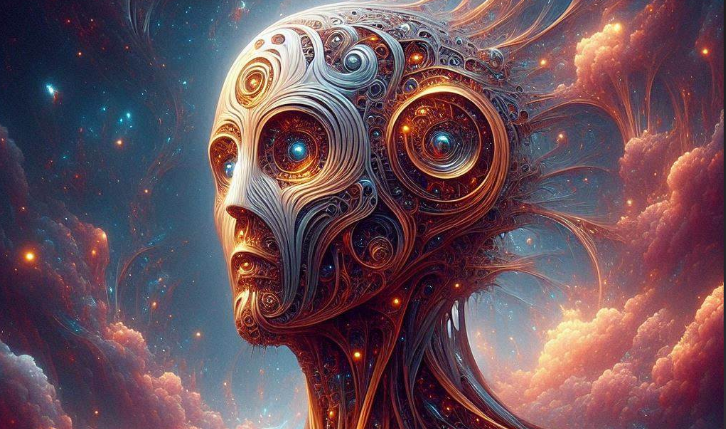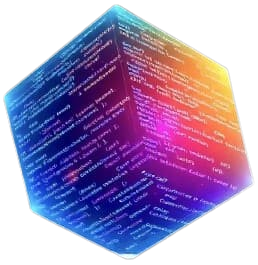
Understanding GANs: A Simple Guide
Understanding GANs: A Simple Guide
Over the past few years, a tool in the realm of artificial intelligence (AI) has been making waves. It's known as a Generative Adversarial Network (GAN), and it's changing the game in industries such as art, technology, and even entertainment. But what is a GAN, and how does it function?
What is a GAN?
Essentially, a GAN is a machine learning model that can generate new things. These things can be images, sounds, or even words. It accomplishes this by learning about a vast quantity of previous data and then applying what it learned to produce something new that resembles what it learned.
Suppose you wish a computer to paint cat pictures. A GAN would learn first from many cat pictures. Then, having learned from them, it can generate its own entirely new cat pictures, even though they were never observed before.
How Do GANs Work?
GANs work in a very special way. They basically consist of two parts working against each other in order to improve the quality of the generated output. One is the Generator, the other the Discriminator. Let's disintegrate them:
The Generator:
This is sort of like an artist. It attempts to come up with new things, such as pictures or videos. The things that the generator comes up with initially will not necessarily look great, but it improves with time.
The Discriminator:
This component functions as a judge. It examines the items the generator produces and attempts to determine whether they are genuine (from the training set) or not (produced by the generator). If the discriminator declares the image to be not genuine, the generator attempts again, making mistakes along the way.
Why are GANs Special?
What is most remarkable about GANs is how these two components interact with one another to enhance each other. The generator is always trying to produce higher and more realistic things, and the discriminator is always becoming more skilled at identifying forgeries. This feedback loop causes the generator to become more proficient and more proficient until it can produce extremely realistic images, audio, or anything else that it was trained on.
Real-World Applications of GANs
Now that we understand how they work, let's see what GANs can actually do in the real world.
Art and Design:
GANs can produce stunning, one-of-a-kind works of art. Artists utilize GANs to make paintings, drawings, and even music. Some GANs are so proficient at producing art that they are able to produce images that appear to be painted by renowned artists such as Picasso or Van Gogh!
Deepfake Technology:
Unluckily, GANs can also be employed to create deepfakes, which are images or videos in which someone's face or voice is superimposed by another person's. Although the technology is brilliant, it can also be cause for concern because of misuse, particularly in circulating misinformation.
Medical Imaging:
GANs are applied in the medical sector to assist physicians by generating artificial medical images, like X-rays or scans. These images can aid in the training of other AI systems for assisting in the detection of diseases.
Enhancing Video Games:
In video games, GANs can generate realistic worlds, actors, or even assist in designing new levels automatically. They assist game designers in saving resources and time.
Why Do GANs Matter?
GANs are significant since they enable us to generate new content in manners that were not previously possible. GANs can accelerate and reduce costs, and enhance creativity and productivity in numerous industries. As GANs continue to develop, they will keep contributing significantly to our world.
Conclusion
In short, a GAN is a computer program that, with two components—the generator and the discriminator—is able to create new and real things by learning from data that already exists. This process of learning back and forth makes GANs fantastic at generating anything from images and music to real videos. Whether in art, medicine, or video games, GANs are expanding what computers can accomplish.
